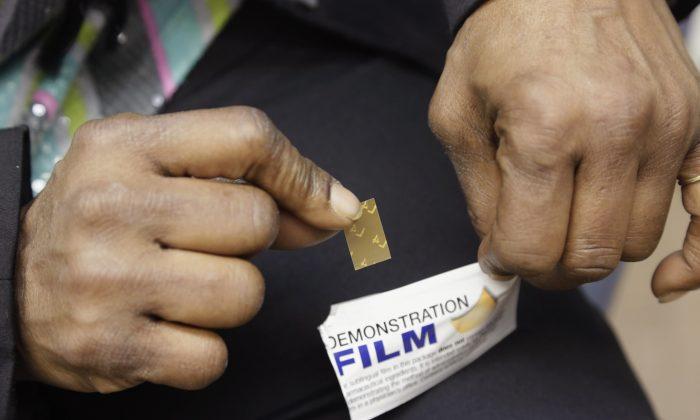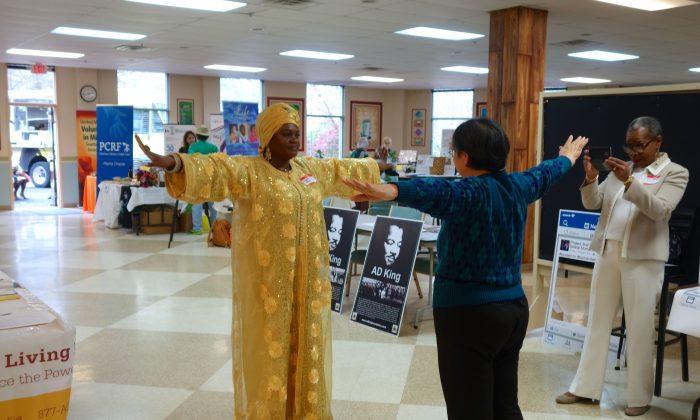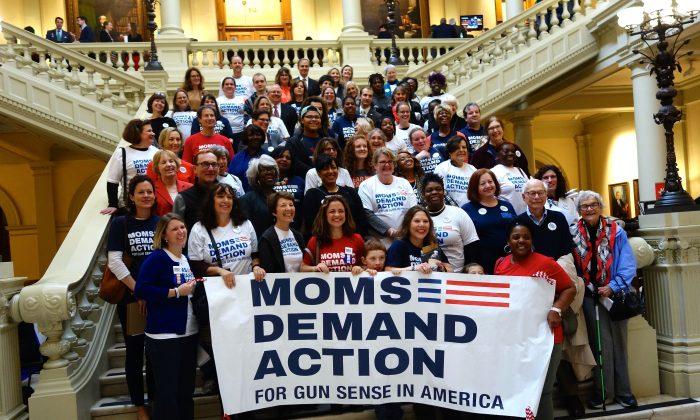Drug, alcohol, and tobacco use costs the United States about $600 billion a year, according to Dr. Richard Saitz of the Boston University School of Public Health. Economic costs include health care expenditures and lost work days, but its harder to quantify the human costs for individual people who fail to fulfill their potential because of addiction.
“It’s not only direct costs, but lost productivity and tax revenues that come with direct costs,” said Dr. Stuart Gitlow, president of the American Society of Addiction Medicine. “If you take away the substance, you know you can treat them,” he said.
There are myths about addiction, which make the problem worse. Addiction only affects about 10 percent of Americans, yet it has a huge impact on society. Nearly every person in jail or in prison has an addictive disorder, according to Gitlow.
It would help society, and help the economy, to prevent and treat substance abuse, according to the experts, but there are many barriers to effective treatment, such as regulations that limit access to some of the most effective treatments.
A doctor can only issue 100 prescriptions a year for buprenorphine, also called Suboxone, which acts like methadone for opioid addicts. “This would be anathema were it for any other medical condition,” said Saitz. “I’m a primary care physician. I don’t have limits on how much diabetes medication I can prescribe.”
“Increased access to qualified providers and medications for patients, and expanding the ability of medical professionals to provide therapies, are two critical steps in fighting prescription drug abuse,” said Richard Pieters, M.D., in a statement. He is president of the Massachusetts Medical Society, the state’s professional association of physicians with nearly 25,000 members.
Sen. Edward J. Markey (D-Mass.) introduced legislation in 2014 to expand treatment for opioid addiction. It would have lifted the cap on Suboxone prescriptions. It did not pass, but he plans to try again this year.
Respectful Language
Saitz said doctors and others should change their language. It’s time to stop saying “clean,” as in a “clean drug test.” He said “addict” is not a terrible word, and it’s better to say “a person who suffers from addiction.”
People centered-language is not about political correctness, he said. Using respectful language measurably improves the medical treatment doctors offer to people with substance use disorders. When they speak less punitively, their care becomes more compassionate, as well as more thorough. And using words like “clean” or “dirty” can block people who need help from seeking it, he said.
Most of the people who use substances in unhealthy ways do not have addictions. It has a strong genetic component; even more than diabetes, according to clinical studies, said Saitz.
Gitlow said half is genes and half is the impact of the environment.
Dangerous Myths
For example, one of the most damaging myths is that parents should introduce their teenagers to drinking at home so that they learn to “handle it.” The earlier a person starts to drink, the more likely it is that he or she will drink destructively, according to Saitz.
The more a substance is seen to be low-risk, the more likely young people are to try it, leading those with a genetic predisposition to become addicted. This applies to marijuana, alcohol, and opiates.
Saitz said there is a general perception that marijuana is safe, especially when it’s spoken of with the word “medical” attached. With words like safe, sanctioned, and medical, there will be more use, and that means more addiction.
It’s not safe. Neither is alcohol. Another of the myths is the much-quoted idea that moderate drinking is healthy. It is not: alcohol in any amount is carcinogenic, said Saitz.
The best thing America could do is change its norms about drinking, smoking, and using drugs.
We cannot drink heavily ourselves and say to young people “not for you,” according to Saitz. The other best practice would be to make it easy for people to get medical treatment if they develop a substance abuse disorder. That includes counseling, medication, and 12-step groups.






Friends Read Free